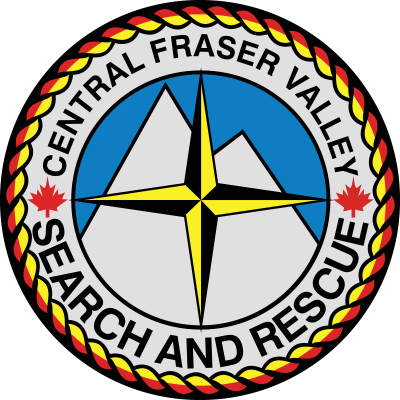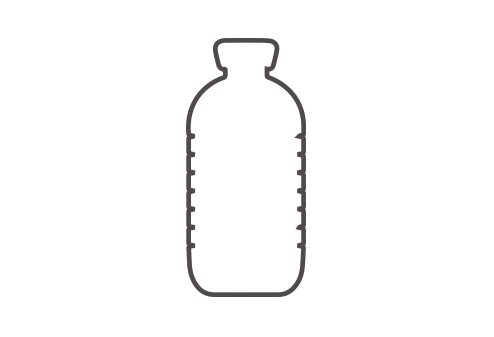Deciding on what to bring for a hike can be a daunting task — especially since you never typically anticipate getting in trouble. Though, there are many opinions on what to bring, there still are fundamental staples that could very well save your life whether you are an avid summer hiker or a seasoned winter adventurer.
Flashlight
Not only is this handy for seeing where you are going at night but, it’s also a great tool to have so that you can increase your visibility to searchers at night if you end up lost.
Waterproof Matches
A 20 degree afternoon hike can easily lead to a sub zero evening and without a way of staying warm, succumbing to hypothermia is extremely imminent. Know how to build a fire and put those matches to good use.
Whistle
A whistle is a lot louder than your voice can ever be. A few blasts will surly get the attention of anyone even if they are across a valley or 10 minute hike away. Keep it close and attach it to your zipper should you find yourself in a state where you have had a serious fall.
Extra food and water
The longer your hike, the more you are going to need to consume — it’s as simple as that. It’s not unusual to be hiking all day and not feel hungry so, try and consider your length of hike and pack accordingly. Fuel is important. More times than not, it’s food that can turn a negative perspective into a positive and optimistic situation. Always pack extra in the event you find yourself socked in for the night. It will save your life.
Extra Clothes
Not just extra clothes but proper extra clothes. No cotton. Cotton is great at soaking up water where items like wool and synthetics are great at keeping you warm by wicking the water from your body. Even if wool gets wet, it will still keep it’s loft and keep you warm.
Navigational/communication devices
You can be a great hiker. Fit. Well traveled and have all the right gear. If you are following a trail, everything will more than likely go as planned. But, if all of a sudden you are not on the right trail anymore and you end up disoriented, you are going to need to figure out exactly where you are. A map & compass or GPS are important for this very reason — pair them with a communication device like a cell phone or satellite tracking and you'll be in good shape.
First Aid Kit
If you hike a lot, an injury is bound to happen to either you or your companion. Know how to use each and every single item and be fluent with how to perform proper first aid. A lot can happen in the back country — if you ever thought about taking basic wilderness first aid course, it’s well worth it. It could save you or somebody else’s life one day.
Emergency blanket/shelter
It packs small but folds out and can act as warm water-resistant cover when the nights get cold and if the rain sets in. Wrap it around you at night to keep the heat in or use a stick or rope to build a micro shelter to protect from the elements.
Pocket Knife
Excellent for creating kindling, cutting rope for a shelter or cutting into an apple — a utility knife is an excellent companion to have when the going is good or bad. Don’t cheap out, get a quality knife — you might just be surprised just how often you use it.
Sun Protection
The sun’s harmful UV is a hazard that often goes unnoticed and while it can be relatively cool outside, the risk of burning and becoming dehydrated is dangerously imminent. Sun protection can come in many different forms from lotions and clothing to hats and bandannas. Go prepared.











